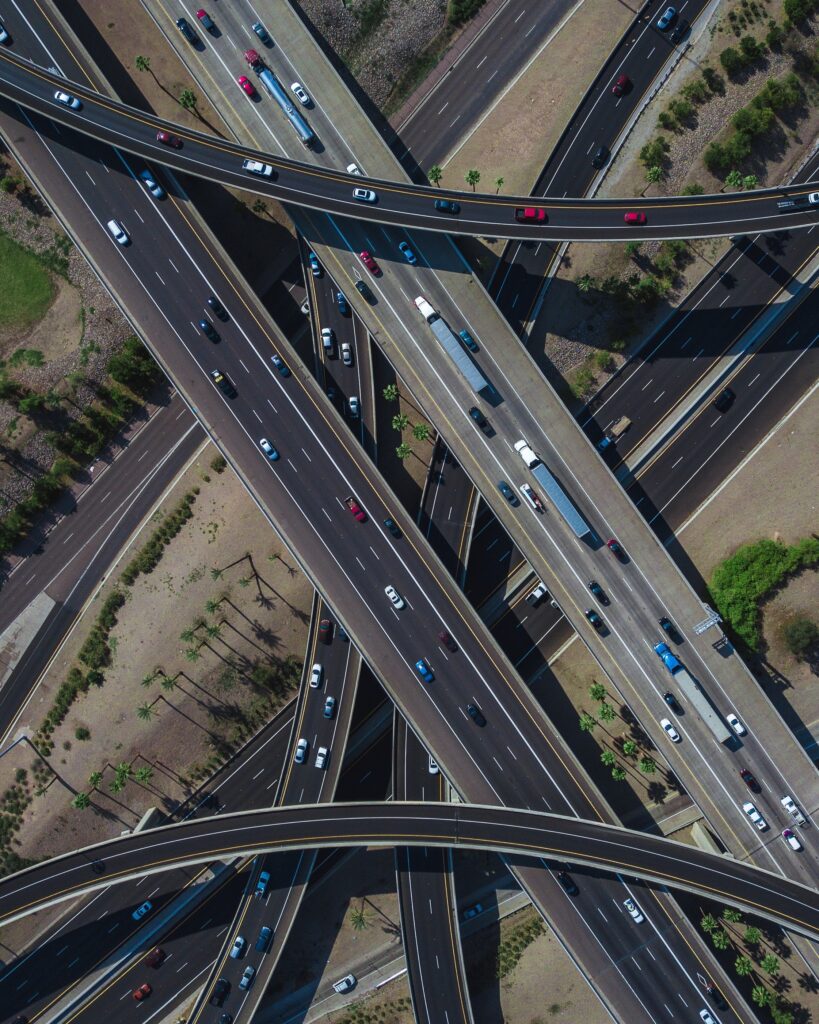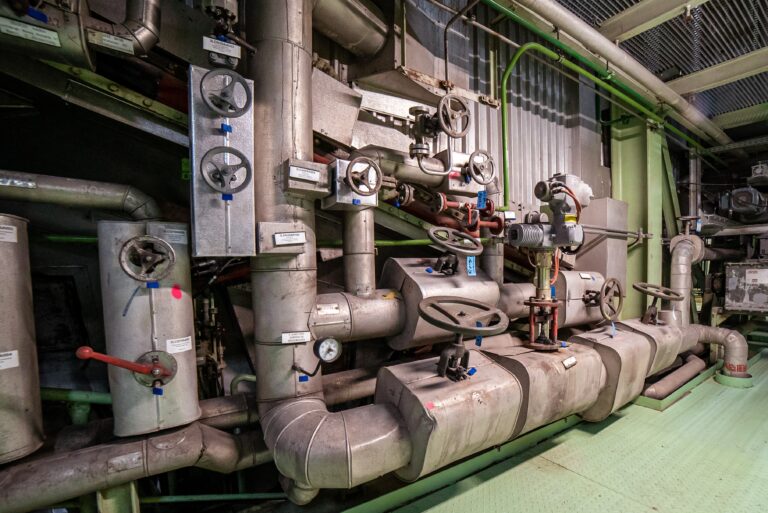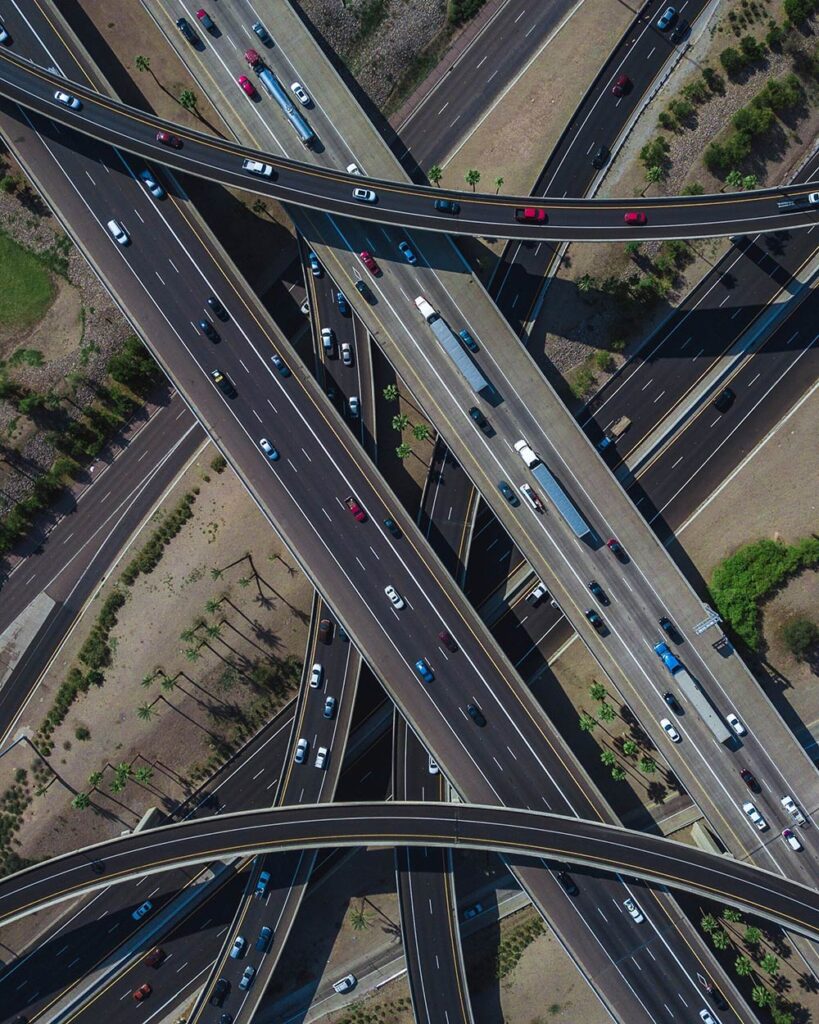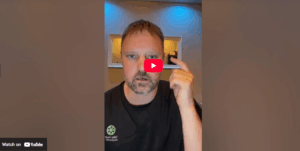A look into Microcirculation and Vasomotion
It’s no secret that— with our sedentary 9-5’s, mainstream malnutrition, and glorified “no-sleep” lifestyle—our health as a collective in the U.S. has never been worse.
Most people focus on muscle mass or body fat as indicators of a healthy body. Yet some of the most influential factors to our health are relatively minor in size.
Microcirculation is a powerful indicator of health. When it is functioning well, our bodies have access to all supplies they need and they can easily get rid of the waste products it doesn’t. When microcirculation becomes impaired through lifestyle or disease, we can find ourselves feeling awful without really understanding why.
One of the best ways of improving microcirculation is by improving vasomotion.
Vasomotion is the opening and closing of the capillary beds. Vasomotion is the traffic lights of our circulatory roadways. It responds and adjusts perfectly to, not only the local coming and going of blood flow traffic, but to the system-wide flow.
Quick Links to the Sections Below
Introduction
Think of our body’s circulatory system like a road network. Our large arteries and veins are highways. Our capillary beds are city streets complete with sidewalks, bike lanes, and the towns and market places built on these city streets. Our blood cells are cars that move along the roads.
The road network primarily aims to move goods to towns and markets to exchange products and make life happen. While highways are big, significant interactions occur in the cities and markets, our capillary beds.
And although our arteries and veins are essential for transportation, the energy that drives our bodies are walking along the sidewalks of our capillaries through cellular exchange.
You can‘t just stop on the side of a major highway to deliver a package. So, even though the major blood vessels get blood to where it needs to go quickly on the highway, the smaller capillary beds are essential for the picking up and dropping off of packages. Capillary beds allow your cells to transport different supplies directly to their destination. If capillary beds or small city streets didn‘t exist, we would just be throwing products out the window, hoping that they arrived at their final destination.

And each car, or blood cell, needs oxygen and fuel and must get rid of the waste combustion. Our cells are similar. We need oxygen combined with glucose to produce energy, and we need to get rid of CO2 and waste by exhaling and excreting.
If one of the systems breaks down—if one of those cars breaks down—the whole system slows down, traffic gets jammed, combustion will falter, we will run out of fuel, and waste builds up in our bodies.
But instead, by optimizing this road network (much like when a civil works project straightens a road or installs a multi-lane bridge), we‘ll have more power from our engines, our cars become more fuel-efficient, and we can have a smooth flow of traffic for an optimal body system.

The Cardiovascular Problem
When we look at the US as a whole, one of the leading causes of sub-optimal health in America is cardiovascular systems dysfunction.
And when most people hear about cardiovascular problems, they think of heart attacks, strokes, varicose veins, and hypertension. They often think about the larger organs in the body–the heart, lungs, and major arteries.
And although these are important, the more significant issues could be masking more intricate, smaller problems.
To help us understand the issues of the heart and these major organs, we need to look at the more minuscule systems underlying these organs, like microcirculation and capillary beds. We need to take a closer look at our capillary beds, our microcirculation, and most importantly, our vasomotion.
And to later improve on these functions, we should first learn how they work and how they can affect our health in an uncomplicated, easy way. Let’s start by first defining these terms.
About the Author
Willard Sheppy is a writer and healthcare practitioner who seamlessly melds scientific knowledge with practical applications in engaging and authoritative articles. He holds a Bachelor of Science in Environmental Science from Oregon State University and a Master’s in Acupuncture and Oriental Medicine from the distinguished Oregon College of Oriental Medicine.
In his work, Willard skillfully combines his extensive educational background in scientific research with his practical experience as a healthcare practitioner. Willard balances his life with martial arts and cherished family adventures. As a father of three, he often leads his family on camping and hiking trips along the breathtaking Oregon coast.
Connect with Willard on LinkedIn at linkedin.com/in/valleyhealthclinic or learn more about his services at valleyhealthclinic.com. Embark on this journey towards holistic health with Willard!








